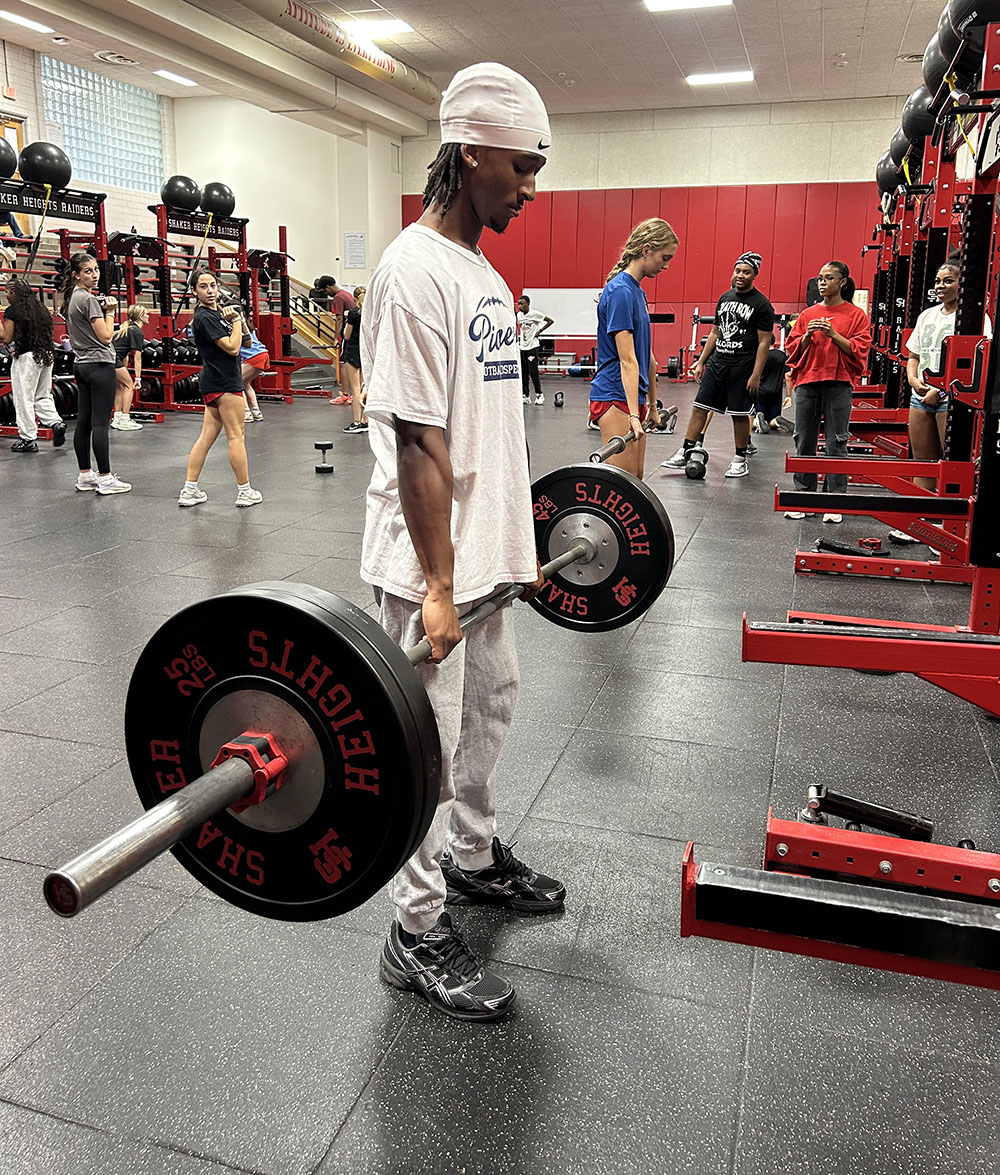The state performance index school evaluation system is being phased out of schools to be replaced by the federally-mandated, value-added ranking system. The performance index measures grades and class difficulty in science, math, social studies, writing and reading, while value-added ranking give a much more cursory evaluation by only testing in reading and math.
The value-added ranking system is a product of Race to the Top, which is an initiative to reform the K-12 education system. Race to the Top is a federal government program that gives grants to states that improve their educational standards. Schools that receive benefits from the Race to the Top program must use the value-added ranking system. According to the Shaker Heights district report card, students in fourth through eighth grade are given tests in reading and math at the beginning of each academic year. At the end of the year students take similar tests, and the results are analyzed to show the change in students’ scores. If the scores remain the same, the value-added criteria are considered met. If the scores drop, the value-added measurement is below expectations. If students’ scores improve, the school is considered above value-added criteria.
The performance index system, which is a state ranking system, presented a much more accurate representation of the Shaker schools. Shaker offers classes in every subject and at wide-ranging difficulty levels. Because of the broader evaluations and the weighting system, the performance index more thoroughly evaluated Shaker schools.
Dale Whittington, director of research and evaluation for Shaker schools, believes people should not base their opinions of school performance purely on value-added ranking because of the volatility of the ranking system. The performance index is much more consistent in its evaluation because it measures academic achievement and not just the change in achievement. Value-added ranking measures academic performance based on the amount of material that students are expected to learn in a year. “The tests are not a fair and accurate measure of what students are learning in their classes, at least at Shaker,” Whittington said. “It’s only measuring two subject matters.”
Shaker is ranked 803 out of 832 schools in Ohio that use the value-added ranking system. This is an unfair representation of Shaker. Shaker is a school district with extremely high academic standards, and that is reflected in the Shaker performance index score, which was 97.7 on a scale of 120 possible points. Despite our performance index score, Shaker has extremely low value-added ranking. “It creates pressure on schools to maybe narrow what they’re doing in order to make the numbers stand up,” Whittington said. The performance index does not force us to narrow our curricula to the national standard. Instead, with the performance index, we excel beyond set standards because of the range of academics that Shaker offers.
Race to the Top mandates that schools use the value-added system, so it cannot be eliminated. But Shaker offers a large breadth of curricula that are fully considered if we maintain the performance index. Because we are in the early years of the new system, and it is still evolving, residents need to recognize that the value-added ranking does not define the district’s performance, but rather its improvement based on broad academic standards. Residents should hesitate to judge Shaker as we phase in the value-added ranking system and should not let Shaker’s rank affect their support of the schools.
A version of this article appeared in print on 8 May 2013, on page 5 of The Shakerite



